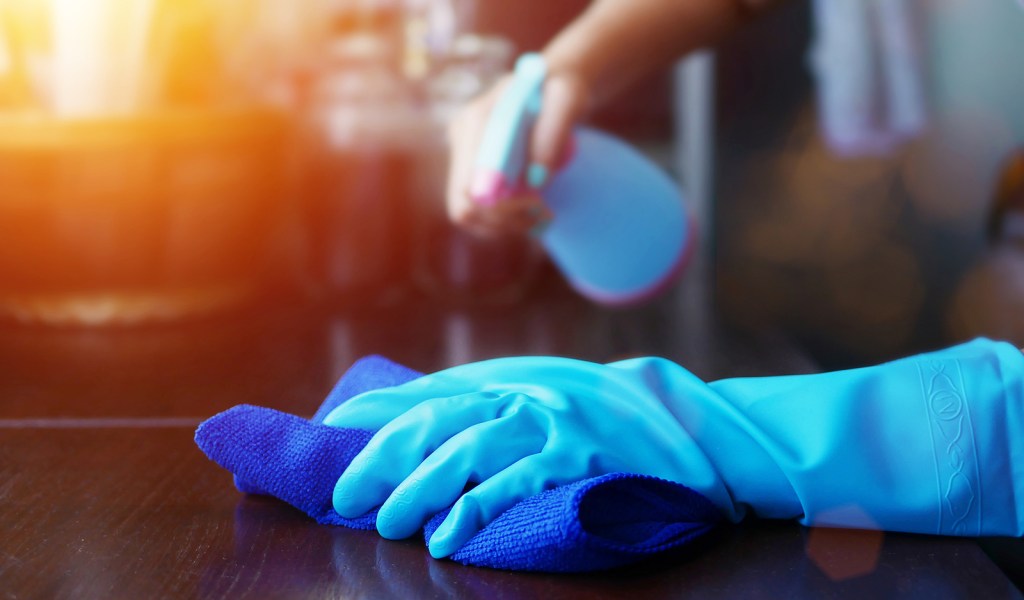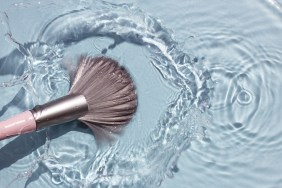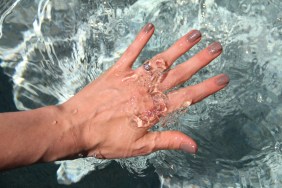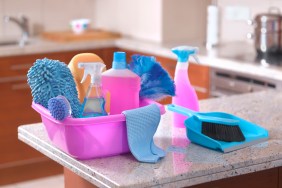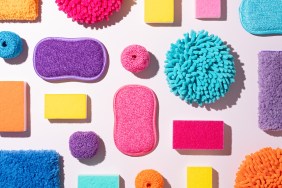By now we all know that keeping our hands and surroundings clean is key to staying healthy, but it’s important to know how to clean your home. In fact, while they’re often used interchangeably, cleaning, sanitizing and disinfecting are not the same thing. And knowing the difference is essential to staying safe.
According to the Centers for Disease Control and Prevention (CDC):
- Cleaning removes germs, dirt and impurities from surfaces or objects. This process does not necessarily kill germs, but by removing them, it lowers their numbers and the risk of spreading infection.
- Disinfecting kills germs on surfaces or objects. This process does not necessarily clean dirty surfaces or remove germs, but by killing germs on a surface after cleaning, it can further lower the risk of spreading infection.
- Sanitizing lowers the number of germs on surfaces or objects to a safe level. This process works by removing many of the germs, which reduces the risk of spreading.
“If your goal is to remove dirt, grime and grease, cleaning is enough and offers some sanitation by reducing the number of germs,” says Jessica Samson of The Maids International. “Sanitizers are typically used on food contact surfaces, whereas disinfectants are the optimal line of defense against the spread of germs and viruses, but that doesn’t mean they should be used for everything.”
When it comes to combating COVID-19, washing hands with soap and water is key. Sanitizers should only be used when soap and water aren’t readily available because of the danger of creating resistant bacteria with frequent use.
When it comes to how to clean your home, disinfection is critical, especially on handles, switches and surfaces like tables. The second thing to note is that prior to sanitizing or disinfecting, you should always clean with soap and water otherwise dirt and grease will interfere with the germ-killing abilities of the sanitizers and disinfectants.
So how can you make sure your home is safe?
Keeping your home clean and sanitary will help prevent the spread of viruses and bacteria. Your first line of defense is to clean and disinfect surfaces that are touched most often. Here are some of the areas Samson says we should focus on:
- Desks, keyboards and mice
- Phones, TV remotes and other handheld devices
- Door handles, cabinet pulls and knobs
- Kitchen and bathroom sinks and faucets
- Light switches and thermostats
- Wall-mounted switches
- Floors — if shoes aren’t removed outside or you have pets, bacteria and viruses can be brought into your home from outside so keep your floors clean and disinfected, especially if someone in your home is ill
“During flu season and outbreaks of other viruses, clean and disinfect touched surfaces frequently, at least once a day,” adds Samson.
What about groceries?
“Knowing how sterile groceries and supplies are is impossible so wash your hands before you go shopping and after you’ve unloaded,” says Samson. “Don’t touch your face while you’re picking out items and clean and disinfect the area where you unload when you’re done.”
She adds that most government agencies recommend washing produce with running water and a scrub brush to remove pesticides and other contaminants.
Don’t forget your clothing.
It sounds obvious, but it’s important to remove your shoes at the entrance of your home and remove your clothing right away and place it in the hamper to be washed. The virus can live on clothing for hours so washing with regular laundry soap and drying at a slightly higher temperature is critical.
Additionally, Gwen Whiting and Lindsey Boyd, founders of The Laundress, say you’ll want to wipe down your bag, keys and wallet and be mindful about placing them on countertops or furnishings. “Outerwear such as jackets, scarves, hats and gloves should be laundered regularly. If you’re around groups of people at this time, we’d recommend laundering them once a week at the very least.”
Not all cleaners, sanitizers and disinfectants are created equal.
Like many other consumer products, many can contain ingredients that are known carcinogens, hormone disruptors, etc. So you need to know how to clean the safest way possible. “Start weeding out hazardous products by checking the EPA list of safer cleaning products under its Safer Choice program,” says Samson.
For many cleaning jobs, a Mr. Clean Magic Eraser can tackle dirt and grime without using any cleaner at all. For deeper cleaning, sanitizing and deodorizing, Samson recommends the following natural ingredients:
- White vinegar: Cleans and deodorizes as well as many all-purpose cleaners.
- Lemons: Cut grease and buildup, leaving behind a fresh, citrus aroma.
- Baking soda: Deodorizes and makes a great nonabrasive scrubbing powder.
- Rubbing alcohol: Disinfects everything from makeup brushes to mobile phones.
- Borax powder: Removes stains, boosts whitening, kills pests and is eco-friendly.
The bottom line? While each is intended for a specific use, cleaners, sanitizers and disinfectants are the cornerstone of a healthy home. When it comes to how to clean your home, Samson sums it up best. “Choose the safest products possible, follow the label and disinfect commonly touched surfaces often to prevent the spread of viruses and germs in your home.”
